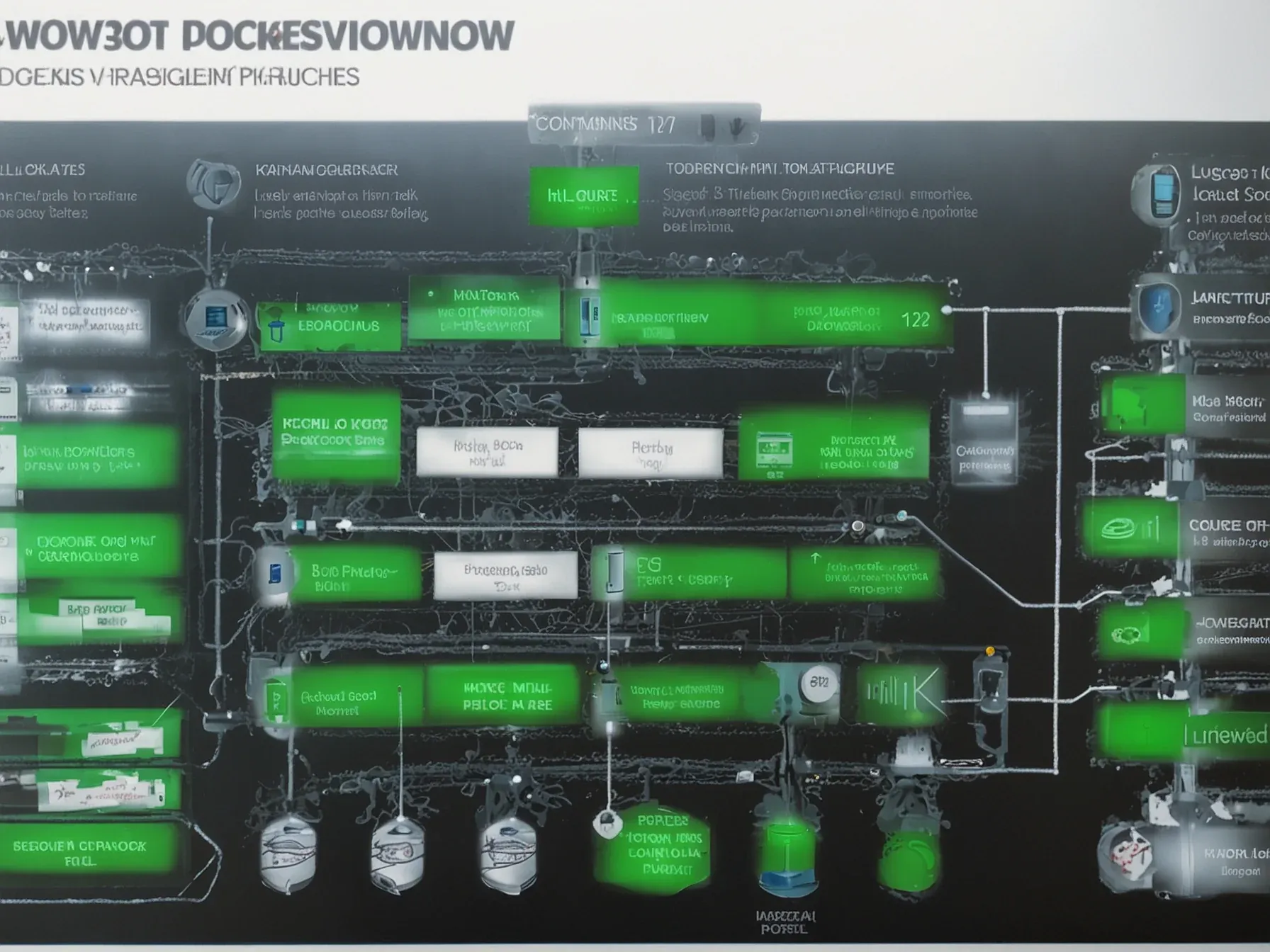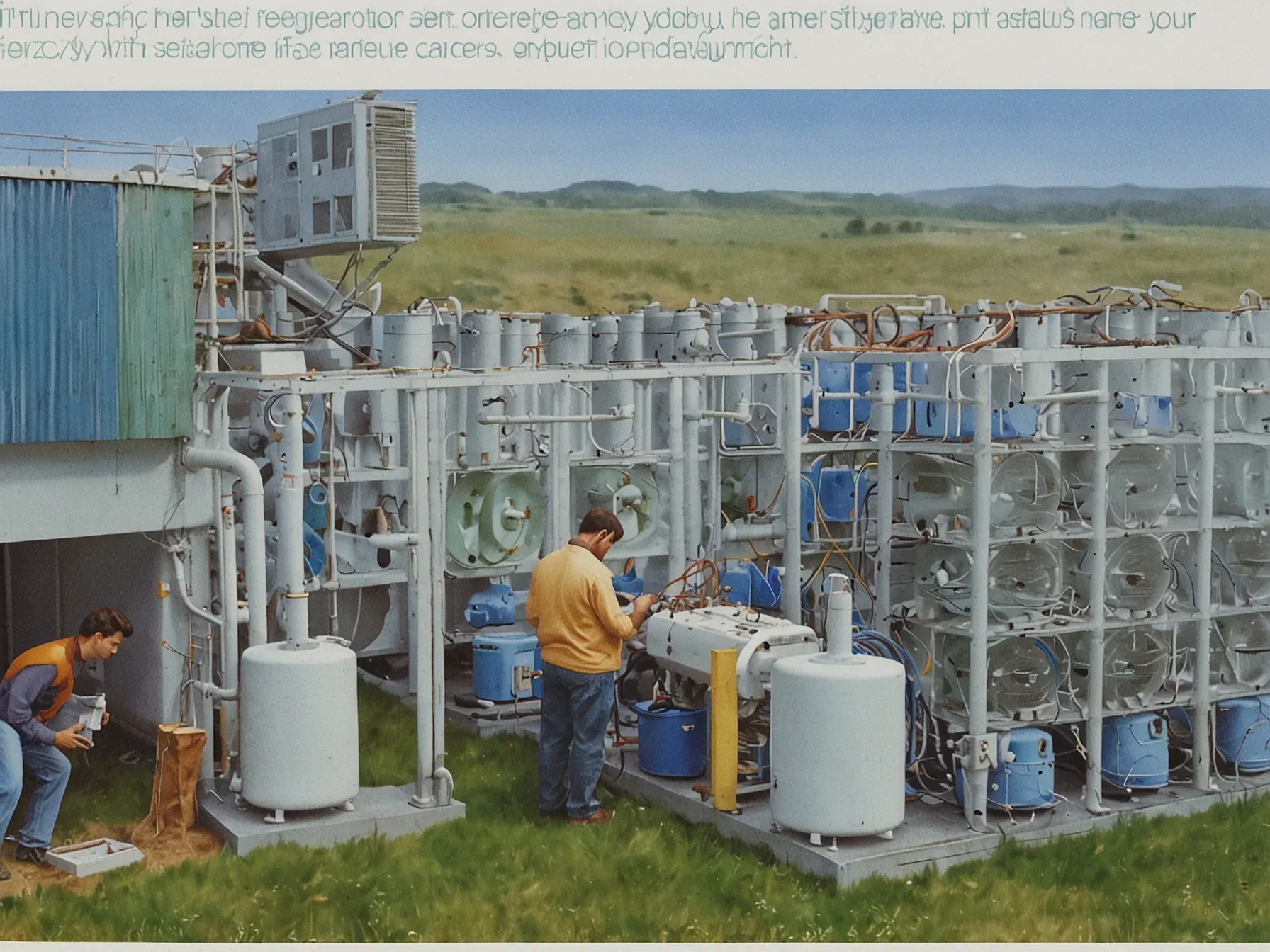
ServiceNow uses LangSmith, knowledge graph and MCP to orchestrate agents
Why does ServiceNow’s latest move matter for anyone watching AI‑driven workflows? The company has been wrestling with how to keep its customer‑success bots transparent enough for engineers while still letting them act autonomously. Enter a suite of tools that promise to stitch together data, context and execution paths in one place.
By pulling together a graph‑based representation of internal knowledge and a protocol for passing model state, ServiceNow aims to give its orchestration layer a clearer line of sight into each agent’s decisions. The real hook, however, is the tracing capability that lets developers watch the end‑to‑end journey of a request, spot bottlenecks and fine‑tune performance without guessing. In practice, that means a developer can follow a ticket from the moment a user raises it, through the various AI‑powered steps, all the way to resolution.
The result is a more observable, manageable system—something that has been hard to achieve at scale. This context frames the following statement about the integrated stack and its standout tracing feature.
ServiceNow has integrated their knowledge graph and Model Context Protocol (MCP) with LangGraph to create a comprehensive technology stack for agent orchestration across their platform. LangSmith tracing: The standout feature for agent development LangSmith offers detailed tracing capabilities by providing the input, output, context used, latency, token counts at every step of agent orchestration and helps users to improve the agents performance. The intuitive structuring of trace data into inputs and outputs for each node makes debugging significantly easier than parsing through logs. ServiceNow uses LangSmith's tracing capabilities to: - Debug agent behavior step-by-step: Understanding exactly how agents make decisions and where issues occur - Observe input/output at every stage: Seeing the context, latency, and token generation for each step in the agent workflow - Build comprehensive datasets: Creating golden datasets from successful agent runs to prevent regression Rigorous evaluation strategy with custom metrics ServiceNow implemented a sophisticated evaluation framework in LangSmith tailored to their multi-agent system.
Will the new stack deliver measurable gains? ServiceNow’s AI team says its integration of a knowledge graph and Model Context Protocol with LangGraph creates a unified platform for orchestrating agents across sales and customer‑success workflows. By tying LangSmith’s detailed tracing into that stack, developers can monitor each step of an agent’s decision‑making process.
The tracing feature, described as the standout capability, lets engineers see where prompts succeed or falter, and adjust prompts or routing logic accordingly. Yet, the article stops short of providing performance data, so it’s unclear whether the added visibility translates into faster lead conversion or higher post‑s satisfaction. Moreover, the system’s reliance on multiple components—LangSmith, LangGraph, the knowledge graph, and MCP—introduces complexity that could affect maintainability.
The approach showcases a concerted effort to manage the entire customer journey, from lead identification through later stages, but concrete outcomes remain to be documented. As ServiceNow continues to refine this architecture, the practical impact on enterprise workflows will need further evidence.
Further Reading
- ServiceNow Knowledge 2025: 10 Game‑Changing Takeaways - Aelum Consulting
- LangSmith now supports MCP - LangChain - Changelog - LangChain Changelog
- The Model Context Protocol (MCP) Ecosystem (2024–2025) - Rick Xie Blog
- Still worth using LangGraph and LangSmith combo in 2025? - Latenode Community
- My CreatorCon 2025 Experience: Innovation, AI Agents and Community - ServiceNow Community
Common Questions Answered
How does ServiceNow combine its knowledge graph with the Model Context Protocol (MCP) and LangGraph for agent orchestration?
ServiceNow integrates its internal knowledge graph and MCP with LangGraph to form a unified technology stack. This combination enables agents to access structured knowledge, maintain model state across steps, and execute workflows consistently across the platform.
What role does LangSmith tracing play in improving ServiceNow's AI‑driven agents?
LangSmith provides detailed tracing that records inputs, outputs, context, latency, and token counts at each orchestration step. By exposing this data, developers can pinpoint where prompts succeed or fail and iteratively refine agent performance.
Which workflows are targeted by ServiceNow's new agent orchestration stack?
The stack is designed for sales and customer‑success workflows, allowing agents to automate tasks while remaining transparent to engineers. By unifying knowledge, context, and execution, the platform aims to streamline these high‑touch processes.
Why is the tracing feature described as the standout capability of ServiceNow's integration?
Tracing is highlighted because it gives engineers a step‑by‑step view of an agent’s decision‑making, including latency and token usage. This visibility helps teams quickly identify bottlenecks and adjust prompts for more reliable outcomes.




